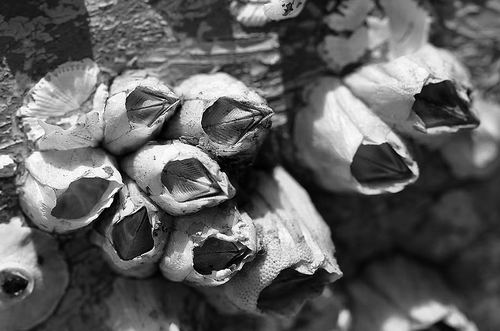
barnacles. Image credit: Pixabay
An international team of researchers has come up with a new method to reconstruct the drift path and source of debris from Malaysia Airlines flight MH370. On August 23, related results were published in Advances of the American Geophysical Union.
In 2014, flight MH370 disappeared over the Indian Ocean with 239 passengers and crew on board. Gregory Herbert, an associate professor at the University of South Florida, was inspired when he saw photos of the wreckage of the plane that washed up on the coast of Reunion Island in Africa a year after the crash.
"The flaperon was covered in barnacles, and as soon as I saw them, I immediately emailed the search investigators because I knew the geochemical signature of the barnacle shells could provide clues to where the crash was located." Herbert explain.
As an evolutionary and conservation biologist, Herbert studies marine systems, with a particular focus on shelled marine invertebrates such as oysters, conch, and barnacles. Over the past 20 years, Herbert has created and perfected a method to extract ocean temperatures stored in the chemical composition of invertebrate shells. Herbert has previously used this method to determine the age and extinction risk of giant horse conch and to investigate environmental conditions when the Jamestown colony in North America disappeared.
The shells of barnacles and other shelled marine invertebrates grow daily, creating an inner layer that resembles tree rings. The chemical composition of each layer is determined by the temperature of the surrounding seawater when the layer formed. In this study, Herbert's team performed a growth experiment with living barnacles to read their chemical composition and unlocked temperature records from barnacle shells for the first time.
After the experiment, they applied the method to barnacles attached to MH370. With the help of barnacle experts and oceanographers at the University of Galway in Ireland, they successfully reconstructed part of the drift path by combining the barnacles' ocean temperature records with oceanographic models.
"Unfortunately, the largest and oldest barnacles have not yet been studied, but with this study we have shown that using this method for barnacles attached to wreckage shortly after a plane crash can reconstruct A complete drifting path, and finally found the crash site."
So far, the search for flight MH370 has stretched thousands of miles along a north-south corridor known as the "seventh arc". Investigators believe the corridor may have been the route the plane taxied after running out of fuel. Because ocean temperatures can change rapidly along an arc, the method can reveal precisely where the plane is, Herbert said.
French scientist Joseph Poupin, one of the first biologists to examine the plane's flaperon, concluded that the largest barnacles attached to the wreckage may have been old enough to colonize the wreckage shortly after the crash, Herbert revealed on, and very close to where the plane actually crashed.
"If so, the temperatures recorded in these barnacles could help investigators narrow their search." Even if the plane wasn't on the arc, studying the oldest and largest barnacles could still narrow the search, Herbert said.
Nassar Al-Qattan, a PhD in geochemistry at the University of South Florida who helped analyze the barnacles, said, "The plane disappeared more than nine years ago, and we are introducing a new method to help resume the search that was suspended in January 2017, which could give Some comfort to the families of the passengers on the missing plane."
Related paper information: https://doi.org/10.1029/2023AV000915
(Originally titled "Barnacles help pinpoint flight MH370's location")
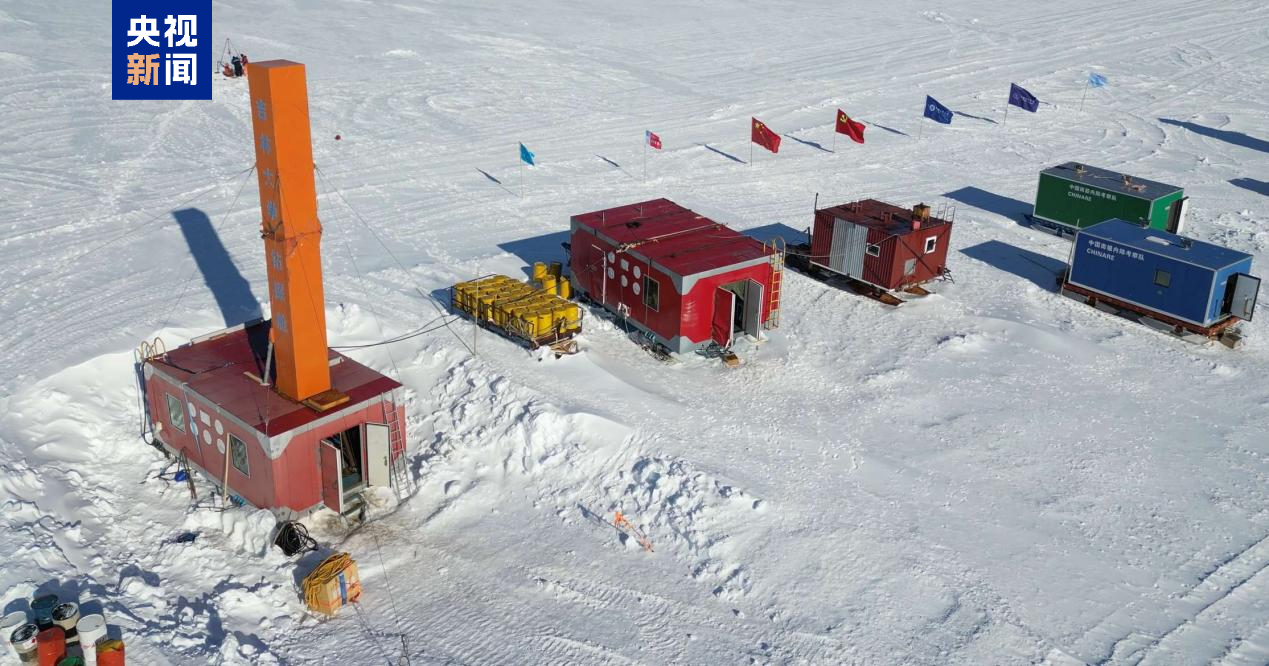

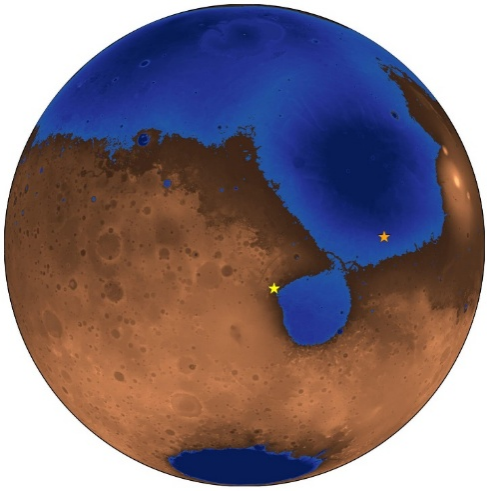
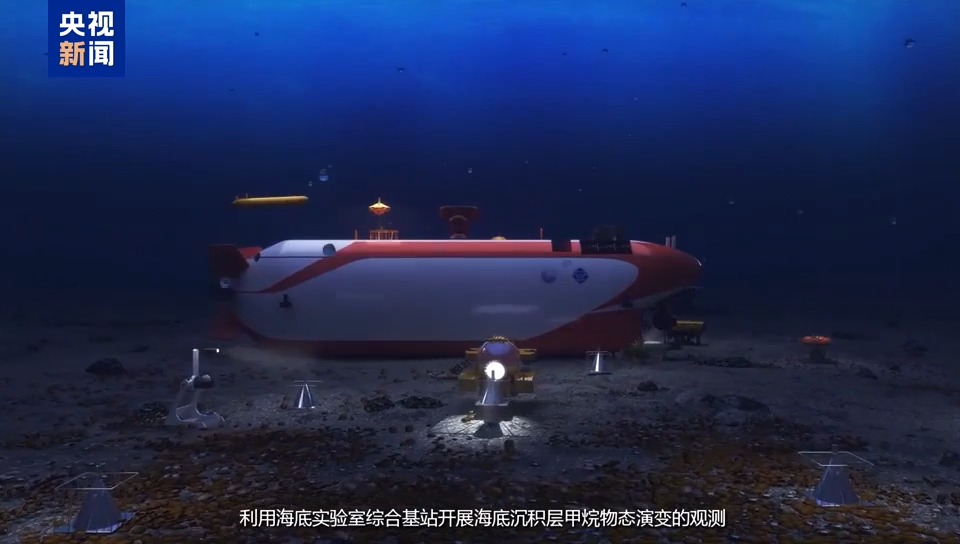

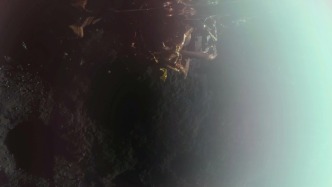

Comments